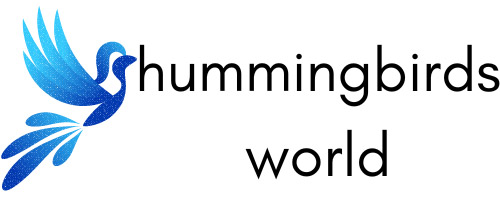Introduction:
Hummingbirds are enchanting creatures that bring joy and beauty to any garden. Providing them with a reliable source of nectar is crucial for their survival, especially during migration seasons. In this guide, we’ll explore the art of crafting the perfect hummingbird nectar recipe to attract and nourish these delightful birds throughout the year.
Understanding Hummingbird Nectar:
Hummingbirds have high metabolic rates and need to consume large amounts of nectar to fuel their energetic flights. While they also feed on insects and pollen, nectar serves as their primary source of energy. Therefore, offering them a nutritious and properly prepared nectar solution is essential for their well-being.

The Basic Hummingbird Nectar Recipe:
Creating your own hummingbird nectar is simple and cost-effective. All you need is granulated sugar and water. The standard ratio is four parts water to one part sugar. To prepare the nectar, bring the water to a boil, then stir in the sugar until it dissolves completely. Allow the mixture to cool before filling your hummingbird feeders.

Adjusting the Recipe for Different Seasons:
In colder climates or during winter months, it’s crucial to adjust the nectar recipe to prevent it from freezing. Increase the sugar concentration to a ratio of three parts water to one part sugar. This higher sugar content helps lower the freezing point of the solution, ensuring that hummingbirds have access to liquid nectar even in chilly weather.

Hummingbird Nectar Recipe Variations:
While the basic recipe is effective, you can get creative by adding natural flavors to attract hummingbirds. Consider infusing the nectar with fresh mint leaves or a splash of natural fruit juice. However, avoid using artificial sweeteners, honey, or food coloring, as these can be harmful to hummingbirds.
Tips for Making and Storing Hummingbird Nectar:
- Always use fresh, clean water to prepare the nectar to prevent contamination.
- Boil the water before adding sugar to remove impurities and extend the nectar’s shelf life.
- Clean your hummingbird feeders regularly to prevent mold and bacteria buildup.
- Store any unused nectar in the refrigerator for up to one week, discarding any leftovers after that period.
- Avoid using red food coloring in the nectar, as the color of the feeder itself is sufficient to attract hummingbirds.
Conclusion:
Crafting your own hummingbird nectar is a rewarding experience that benefits both you and these remarkable birds. By following this guide and providing a consistent source of nutritious nectar, you can attract hummingbirds to your garden year-round and enjoy their beauty up close. By following these easy steps and tips, you can create a nourishing and safe homemade hummingbird nectar that will surely attract these stunning birds to your garden. Not only is this recipe cost-effective, but it also ensures the health and safety of hummingbirds by avoiding harmful additives and dyes. With regular feeder maintenance and fresh nectar, you’ll transform your garden into a haven for hummingbirds, filling your outdoor space with their vibrant colors and enchanting presence throughout the season. Enjoy the delightful benefits of watching these incredible creatures up close and fostering an environment that supports their wellbeing.
FAQs
The formula for homemade hummingbird nectar is simple: mix 1 part granulated sugar with 4 parts water. Boil the water, add the sugar, stir until dissolved, then let it cool. Once cooled, fill your clean hummingbird feeders with the nectar and hang them in your garden.
Yes, a 3 to 1 ratio of water to sugar is suitable for hummingbirds, especially during colder weather or in regions where the nectar might freeze.
The best thing to feed hummingbirds is homemade nectar made from a simple mixture of granulated sugar and water. The recommended ratio is 1 part sugar to 4 parts water. It’s crucial to avoid using substitutes like honey or artificial sweeteners, as they can be harmful to hummingbirds. Additionally, providing a clean and reliable water source alongside nectar can further support their hydration needs.

